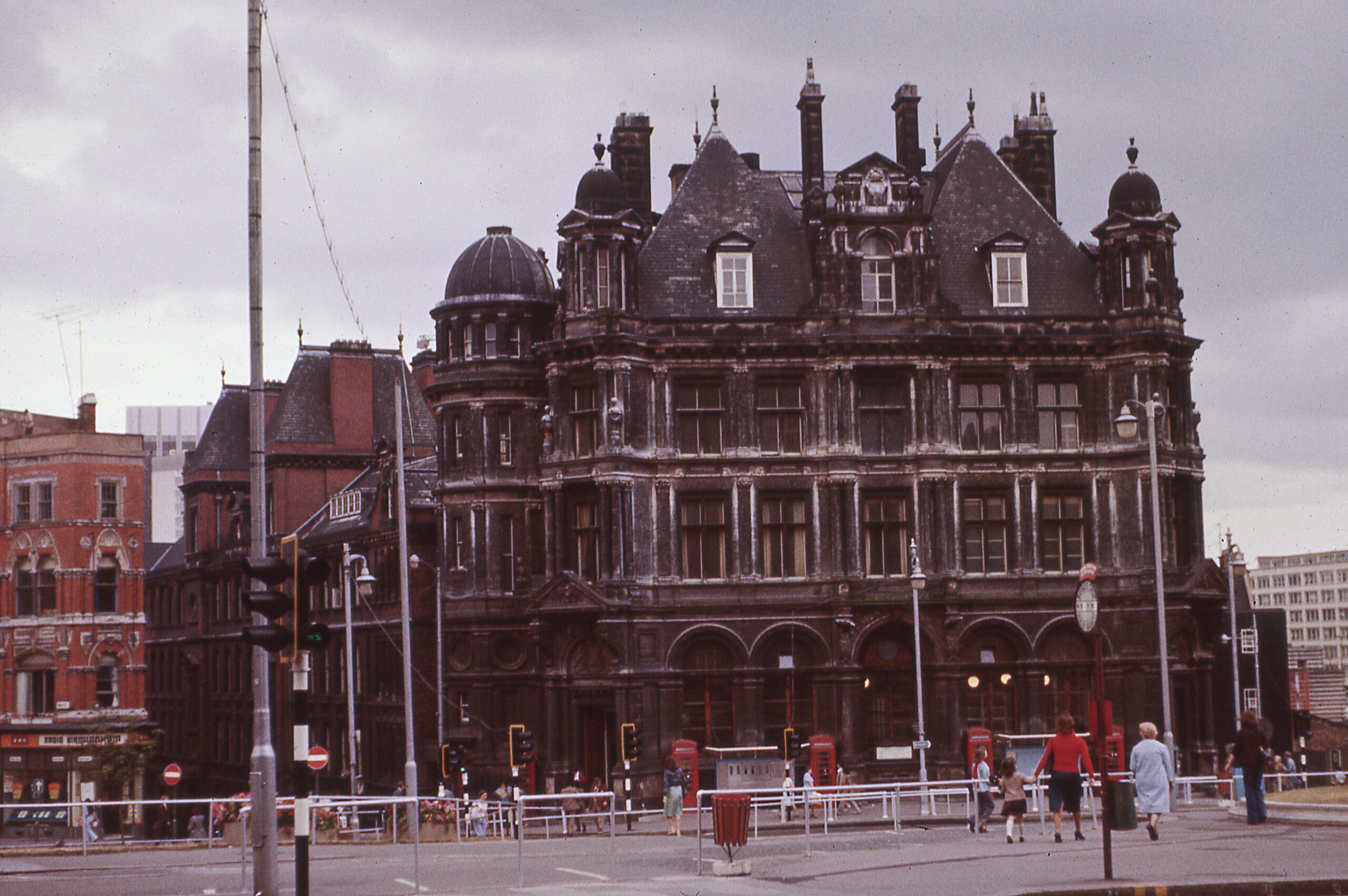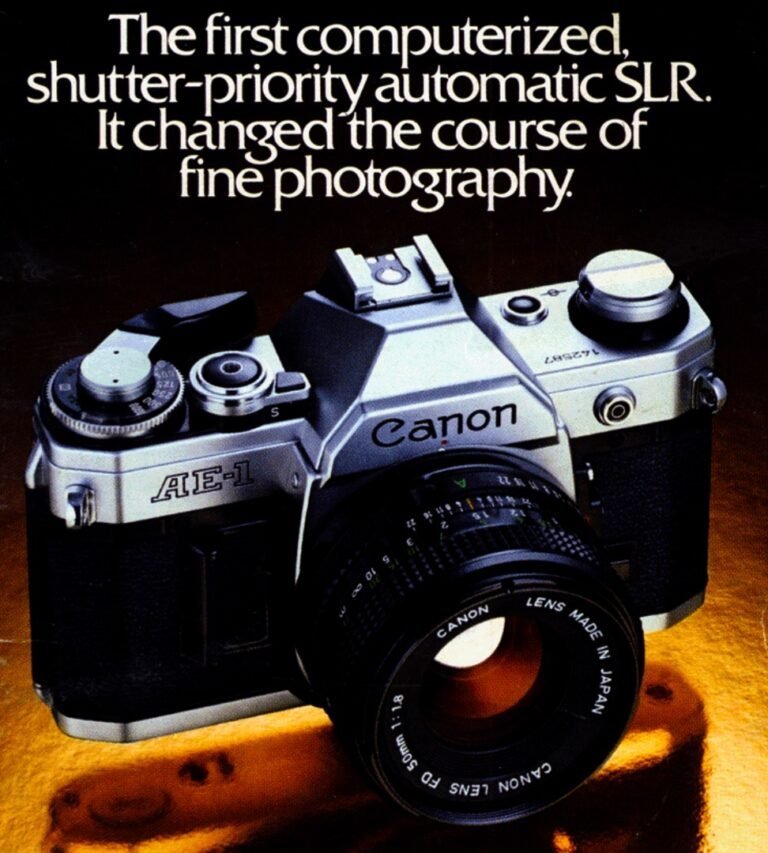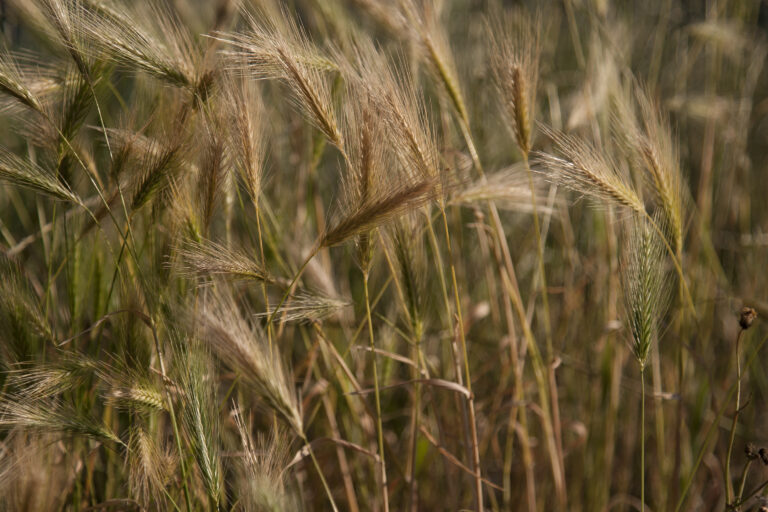Born in 1911, my Grandad grew up in something of a golden era of film photography. As far as I am aware, he started out with a Kodak Box Brownie and later moved on to a Voigtlander Bessa (which I now own) before making the transition to 35mm as most people did in the late 1960’s to early 1970’s. Initially using a Kodak Retinette Model 1A before finally acquiring a Praktica LB2 with some very interesting prime lenses that I plan to use in the near future.
I’ve no idea if the amount of films he went through was normal for the era or not, but he seems to have produced an extraordinary amount of negatives and slides over the years. I have recently been working my way through scanning a pile of negatives that date from approximately 1930 – 1979, most are medium format 120 film but around 100 or so are Kodak slides that I’ve systematically digitised and rescued from the effects of ageing and some weird colour casts.
Amongst these slides were a collection taken in Birmingham during the early 1970’s where he had lived and worked both before and after the Second World War. As I live fairly close to the city, I thought it would be interesting to find as many locations as I could and do a “then and now” comparison and try to recreate these scenes as accurately as I could. How did I get on? Let’s find out!
In this post:
Still standing in HS2
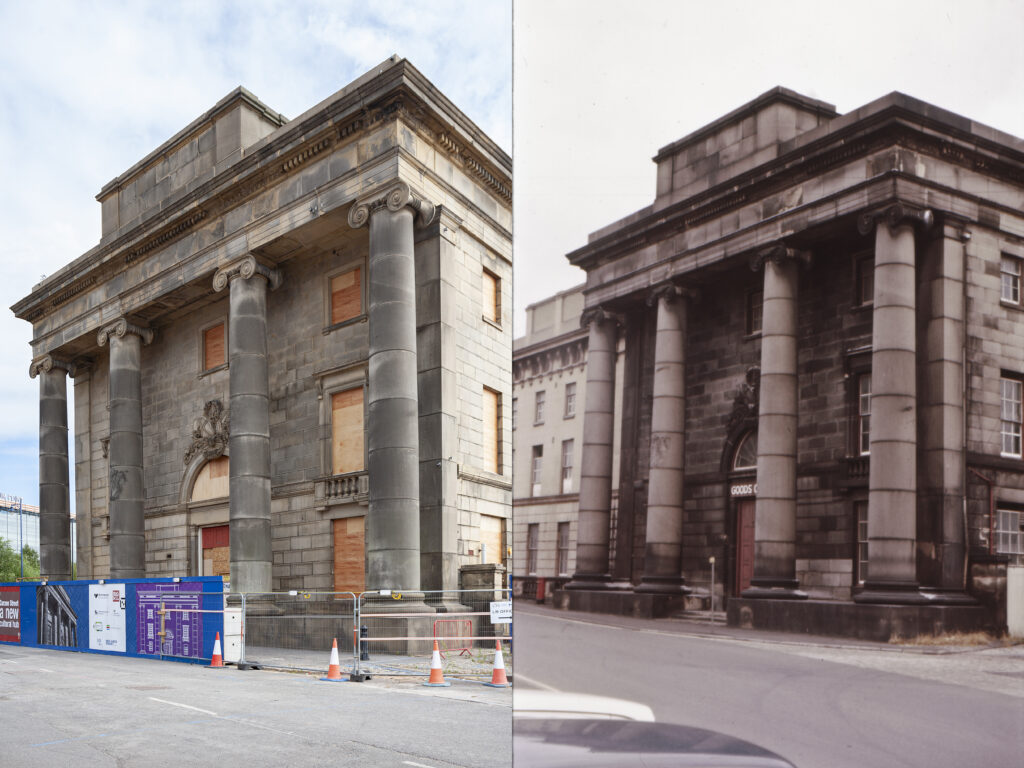
Curzon Street Station, or simply Birmingham Station as it was originally known, was built in 1838 and for some years operated as the main station in Birmingham. It’s functional life was relatively short lived, however, as the location was seen as inconvenient for passenger services which consequently ceased to operate there in 1854 following the opening of the new “Grand Central” station, or Birmingham New Street as it is known to most people who’ve lived anywhere near Birmingham in the last 80 years or so.
Goods services continued to operate at the station until its final closure in 1966 where it remained largely unused until the present day. This explains the “Goods Entrance” sign above the door in the 1970’s slide and means the picture could not have been taken much longer after the station had actually fully closed.
The Curzon Street Station entrance building has survived some of the most aggressive redevelopment ever seen in a modern city largely thanks to the grade 1 listed building status awarded to it in 1952. Multiple attempts had been made to repurpose the building over the years and it even served as a temporary art gallery for a time, but incredibly the long term future of the building has been secured by none other than HS2 of all things. Curzon Street is now set to become the Birmingham terminus of the HS2 line, with no less than seven tracks in a brand new station that will surely represent one of the grandest resurrections of an old station in British history.
In the slide, you can make out a white building to the left which has since been knocked down. I can only presume that these are the old railway offices that were demolished in 1980. The offices were previously a hotel built in 1841 that operated until 1900 – again, losing out New Street Station where a new, competing hotel had been opened.
Curzon Street wasn’t looking great in the 70’s and has been neglected for well over 50 years now. It may not look fantastic today, but by approximately 2026 it will have come full circle and be back to its former glory.
Origins of a city
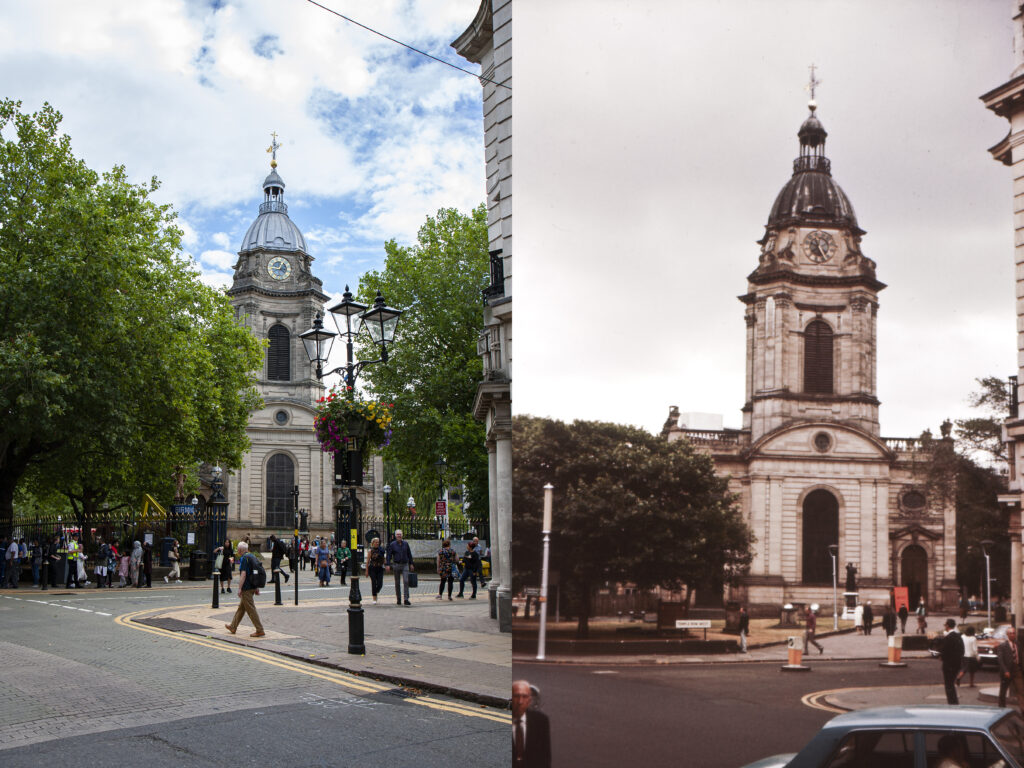
This is St. Philip’s cathedral, situated right in the very heart of Birmingham City centre, and is an oasis of green space in a densely developed area. St. Philips was not the first cathedral in the city and was built to supersede the existing cathedral of St. Martin situated on the site of the Bullring.
St Martins dates back to at least 1263 and saw many changes, upgrades and extensions throughout the centuries after initial construction had been completed, most notably a spire added in the 1700’s that survives to the present day.
Apparently, due to the expanding size of the local population in the late 1600’s to early 1700’s congregations had begun to outsize the available church space. Opened in 1715 and fully constructed by 1725, St Philips remained a parish church until 1905 when it was designated as a cathedral. My knowledge of religion and the organisation of religious buildings is almost zero, so the information presented here is the briefest of summaries as far as I understand the facts.
This is one of the few sites that has seen little to no development or changes over many years and this is to the credit of the Church for not feeling the need to “modernise” the site in any way. Indeed, other than being significantly cleaner today and the inevitable growth of the trees over 50 years, there is almost no difference between then and now.
One thing we will begin to notice as something of a recurring theme is just how much the attitude towards city traffic has changed over time. Sadly, during the 1960’s roads were seen as the ultimate and most modern form of transportation and Birmingham absolutely suffered more than any other major city in terms of the almost criminal decimation and destruction caused by motorway and other road construction projects.
Spaghetti Junction in Erdington is the most notable of these’s 60’s horror shows, where concrete and cars were seen as being the most important and futuristic statements a modern city could make. It is an absolute and complete abomination that in an instant ruined great swathes of urban neighbourhoods, creating nasty, dirty spaces that are now largely run down and abused places used for storage of road or other construction equipment. Just this one construction project led to physical divisions in Birmingham from which it has never recovered. Only recently have efforts been made to push traffic out of the city centre, to restore mass transport links such as trams and further efforts cannot come soon enough.
Monuments
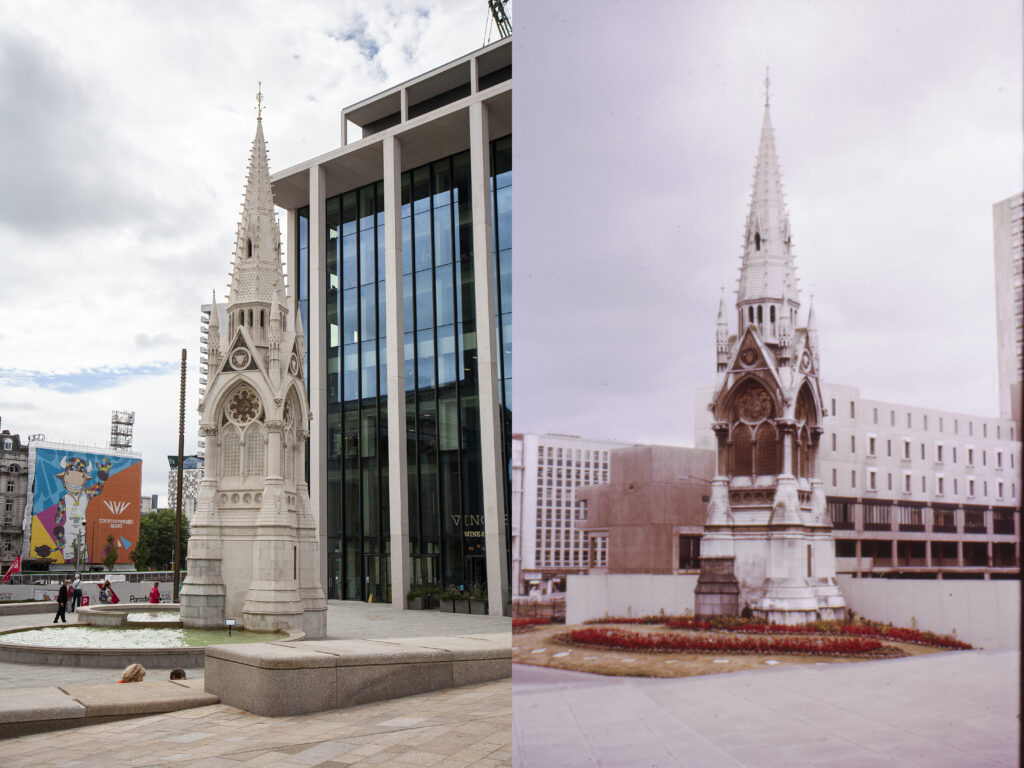
This is the Chamberlain Memorial, constructed in 1880 to commemorate the life and works of Joseph Chamberlain, father of future British Prime Minister Neville Chamberlain who declared war on Germany in 1939, thus beginning the Second World War.
Joseph Chamberlain lived a very notable life as both a business man and, more prominently, a politician. He had been Mayor of Birmingham before later entering a coalition government formed of Conservatives and Liberals. Chamberlain, a “radical liberal” was offered his pick of cabinet positions and chose to lead the Colonial Office, which culminated in him having a commanding and influential position over the actions of the British Army in the Boer War.
Apparently, Chamberlain was not a nice person and according to his Wikipedia page, has been described as “arrogant, ruthless and much hated.” So, I’m sure he was never short of a pint in the pub. Although, on balance, he was an advocate of improving living standards (and did so in Birmingham whilst Mayor) and had a built in hatred of leading classes, so not all bad then.
Like Chamberlain, the memorial drew mixed receptions upon its unveiling but has since become one of the most recognisable of central Birmingham landmarks. The flowers around the base date the slide nicely to between 1969 and 1978 when the fountains had been removed from its base, only to be later replaced due to popular demand.
Whilst the monument remains, fortunately all of the surrounding buildings do not. In the background a number of Brutalist buildings can be seen, all of which have since been demolished. The Second World War was not kind on Birmingham and in the years following nor was popular architecture. Many beautiful buildings were destroyed either by bombs or by frankly disgusting concrete monoliths being erected in their place. Either way, a lot of effort has since gone in to removing these blots on the landscape and most are now gone. Whether the new buildings will age well or are better than those which preceded is down to personal preference.
Remembrance
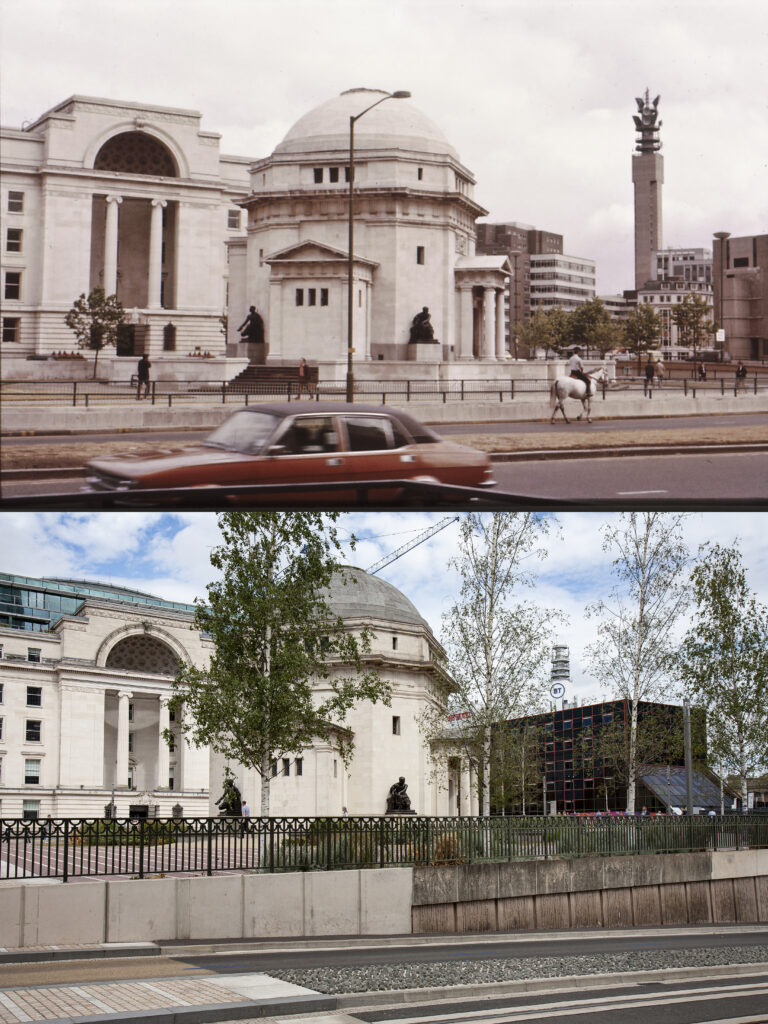
Finally, we move on to the bottom end of Broad Street, a place where no student can ever truthfully recall having been as by the time they arrive there they are usually too drunk to see.
With some filters and effects, this is one comparison where I think it would be hard to tell which is the old and which is the new. Broad Street has seen some really positive changes over the last 10 to 15 years, especially the reintroduction of the tram system which has largely removed the endless traffic which used to flow there.
The main subject of this scene is the Hall of Memory, constructed to commemorate the thousands of local residents who died in the Great War. To be precise, 12320 dead with over 35000 wounded.
The large building in the background is called Baskerville House, once known as the Civic Centre where council offices used to be housed. Baskerville House was part of a proposed grand set of buildings that never came to fruition due to the onset of war.
Baskerville house, named after John Baskerville, is not actually the home of its namesake. It is, however, built on the same site. Baskerville was a businessman most notable for his work in the paper and printing industries and his name lives on today in any word processor you prefer, as the originally named Baskerville font face. This will upset font spotters all over the world unless I point out that it is not an exact and faithful reproduction of the font he used, but… it’s close enough.
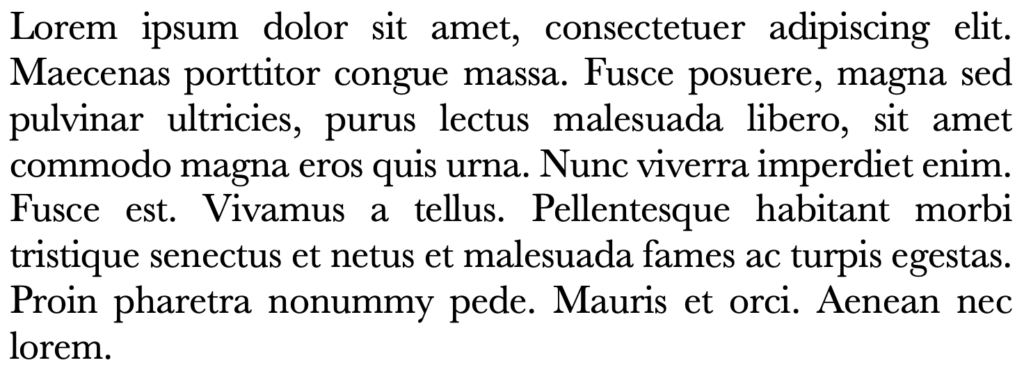
In the distance the “BT Tower” can be seen which houses digital communication equipment. Completed in 1966, the landmark tower was originally built to house microwave communication dishes. I imagine that anyone who worked on the top floors of adjacent buildings never had a problem with their mugs of tea going cold. If you’ve ever seen it in real life you’ll know that it definitely lives up to the definition of the word tower, it’s huge and won’t be going anywhere soon as it has only just finished being refurbished as of May 2022.
Finally, in this BT Tower trivia special, it even had its own webcam installed by BBC Midlands Today, due to some Perigrine Falcons moving in. I have no idea if they are still there today as there are no active links to the webcam and sadly, the brilliantly named @BBCFalcons twitter account is long dead.
Notable Extras
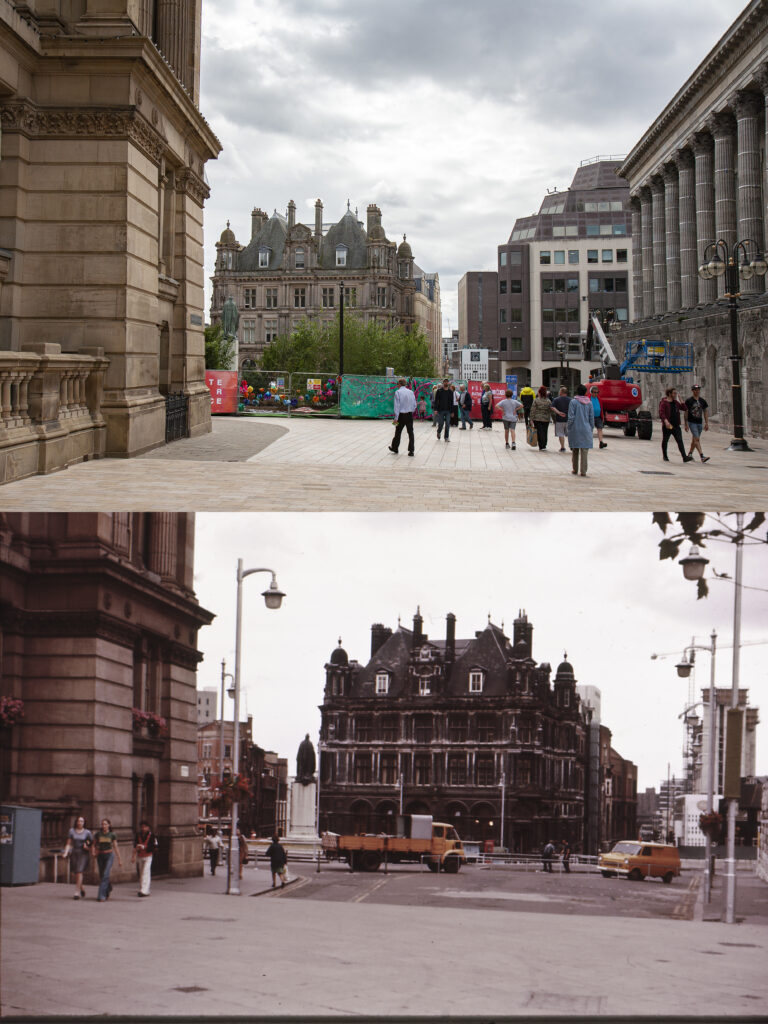
There were more slides than I have written in detail about here that would have made great comparisons to the present day. Sadly, though, conditions were not favourable due to huge temporary constructions that are currently being either put up or, in the case of the Commonwealth Games, being taken down.
The photograph above was the most reasonable I could get around Victoria Square on the day I visited, but the sheer volume of construction material really did ruin the ability to get some decent images. Perhaps another day!
So there we have it, a whistle stop tour of some of the more notable landmarks in Birmingham as seen by my Grandad in the 1970’s and compared to today. In some ways, there have been marked improvements in the quality and consideration of construction projects that have taken place, in others perhaps not so much.
I would argue that the city as a whole is undeniably on the way up due to huge investment in renovation and development projects. Since I lived there nearly 20 years ago, the place is now barely recognisable to the city I inhabited. It has certainly been cleaned up since the 1970’s, buildings and monuments have been cleaned up and well maintained. Moreover it’s so pleasing to see how traffic has been gradually pushed out of the city in favour of pedestrianisation and mass public transport. The tide of cars is definitely being turned.
To state the obvious, outside of physical and structural changes the most striking difference in the last 50 years has to be the explosion in population. Birmingham has always been relatively busy and no one could sensibly argue it has only just become a “big city” but just a passing glance at the historic slides show a drastic difference to the sheer volume of pedestrian traffic in modern times, compared to the relatively calm atmosphere (especially around the cathedral as one example) which had been captured.
Whatever your thoughts on the merits of past versus present, I hope you enjoyed this relatively brief trip down memory lane and have learned something about our second biggest city. Let me know if you have similar photographs and memories to share in the comments.
Share this post:

